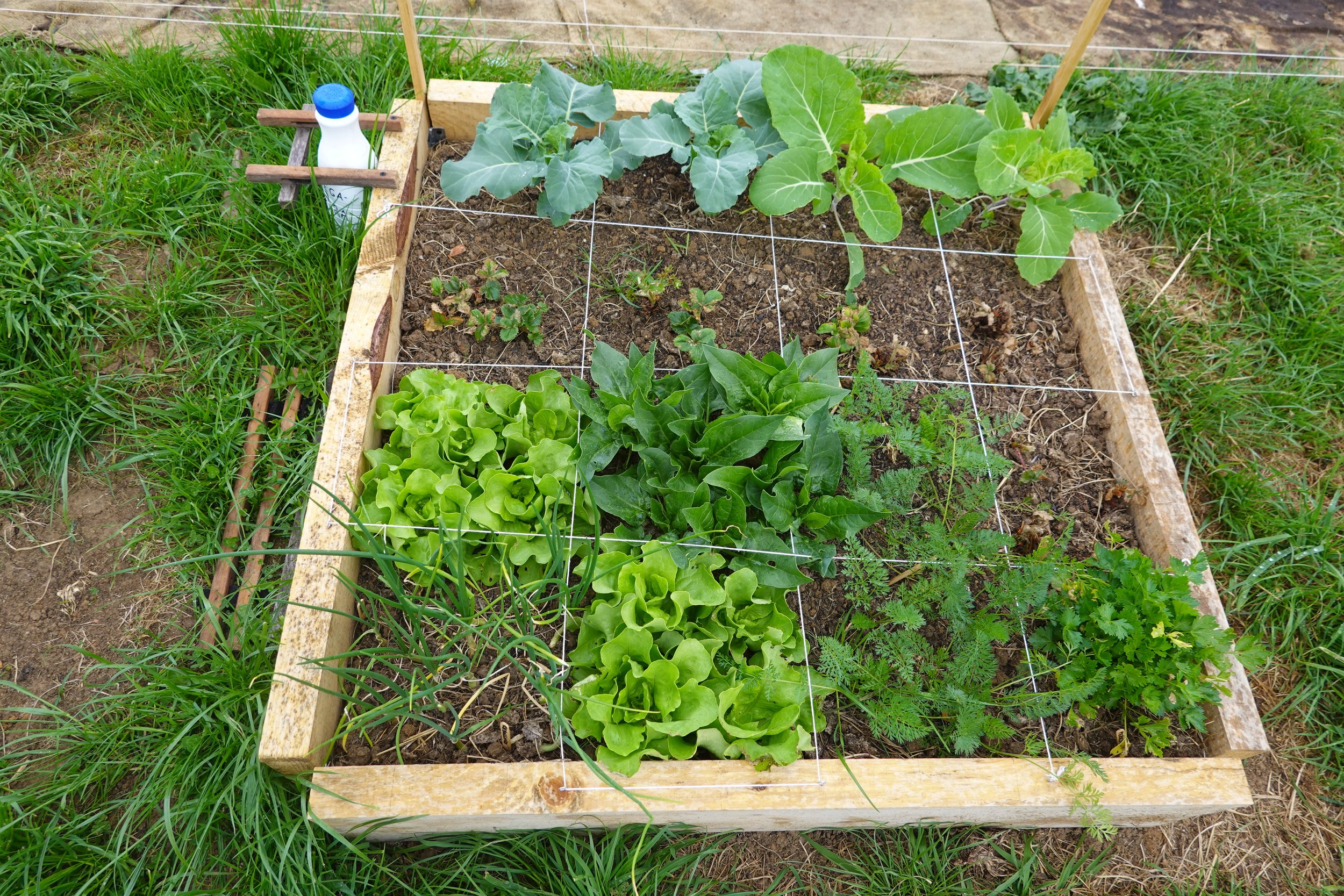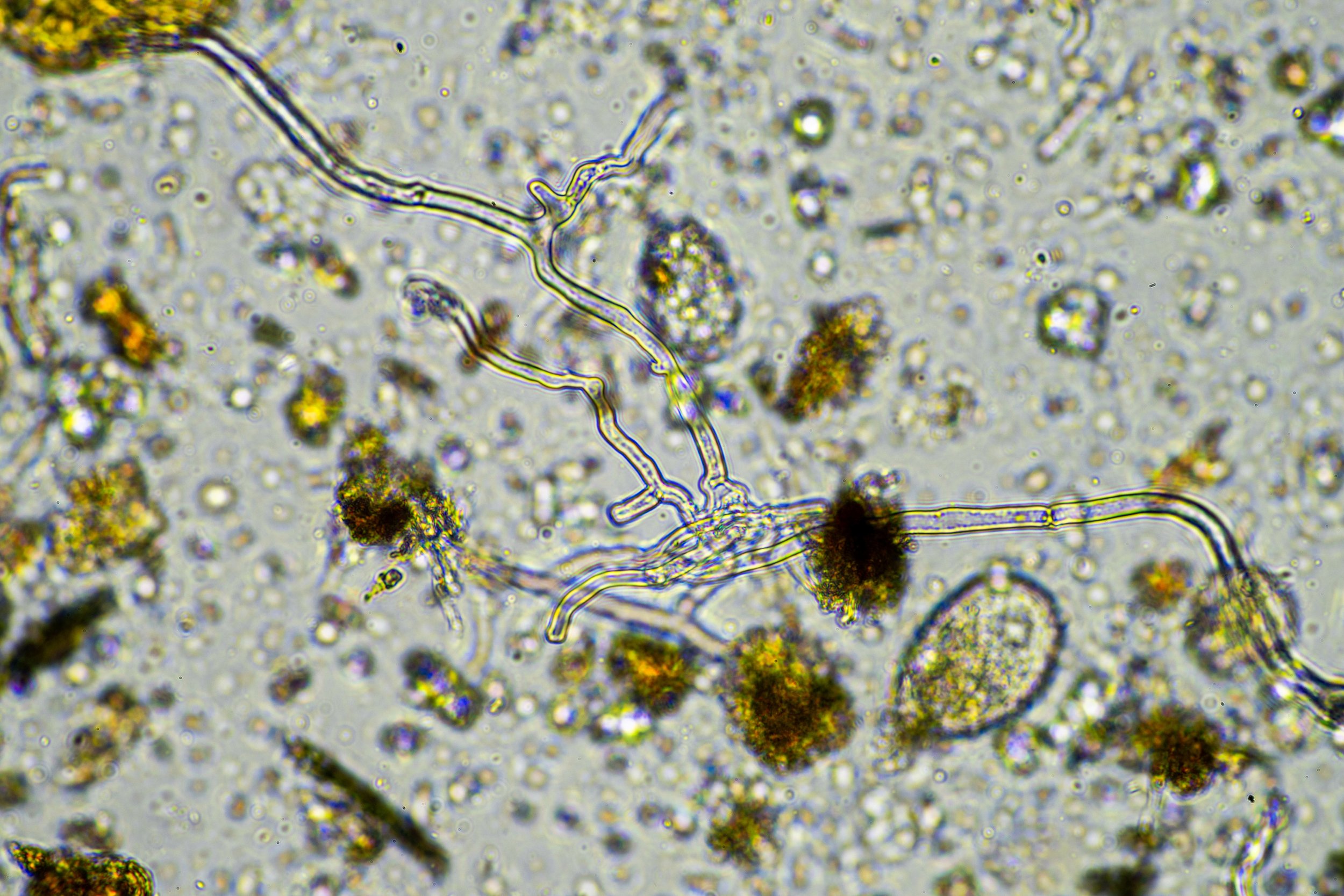Ask OGS: Preparing Soil for a Spring Garden
I live just on the edge of Pisgah National Forest at about 3000 ft. I have almost no experience gardening. We have tried a garden for the past few summers that has been unsuccessful mostly, I think, due to lack of sunlight as our land is mostly forested and shaded. I have a new, more sun-exposed location in mind, and I am looking for advice on how to prepare the soil for next year. The spot I have in mind is currently a pretty impacted field of clay-quality soil. What should I do now to set myself up for success in April/May?
- Melanie “Lark” Gardner
———
Dear Melanie,
We agree that shade could have been your problem. Full sun is optimal for a successful vegetable garden. Some edibles will grow in partly shaded locations, but you will usually have a better harvest with good sun exposure. Additionally, sunshine and good air circulation help prevent many diseases. OGS staff often plants lettuce in their front garden, and the plants diminish in size and vigor as the shade increases across yards.
If shade is most prevalent in your yard, find and plant in the sunniest spots, even if that means your garden is dotted around your yard. Some shade-tolerant edibles include lettuce, greens, spinach, arugula, Asian greens, parsley, mint, and blueberries (more productive in full sun). And remember: mushrooms love shade! Moving your garden to a sunnier space is an excellent idea and highly recommended. Look for areas with at least 6-8 hours of full sun. Locate your garden near your home and a water source, and start small.
Here are a few options for preparing your new garden spot for next spring:
Mel Bartholomew’s Square Foot Garden Method
This very popular gardening method commonly uses a 4’ x 8’ raised bed with an imported soil mix. You can use untreated wood to create the raised bed, then divide it into one square foot planting areas. The soil recipe is 1/3 part peat moss, 1/3 part coarse vermiculite, and 1/3 part of five different kinds of compost. Get Mel Bartholomew’s book for more details. You can kick it up a notch by loosening the ground beneath the raised bed with a garden fork before adding your soil mix. Do not line the bottom with landscape fabric. It will become a headache.
Pros: Many people report great success with this technique. The soil is easy to work and dries out quicker during wet spells. You can grow tons of food in a 4’ x 8’ area.
Cons: This is more expensive than an in-ground garden, and the soil will dry out quickly during dry spells since it is a raised bed.
Construct a Raised Bed Garden
Instead of using Mel’s mix, use indigenous soil that has been amended with compost, etc. The soil won’t be as light as Mel’s mix, but it will be less expensive.
Design an In-Ground Garden
Utilize and amend the existing indigenous soil with compost and other goodies.
Double-Dig Your Garden Area
This excellent but labor-intensive soil preparation method beautifully loosens the soil and improves its structure. You will end up digging down to about two feet deep. Here are some instructions. Remember, you can start small.
Cover crop your future garden area over the winter.
Combine oats/barley (deep roots that will loosen the soil and bring nutrients up from deep down) and Austrian winter peas (legumes produce a natural nitrogen source, and winter pea tips are delicious). Cut down your cover crop in spring and incorporate your “green manure” into the soil. Plant your cover crop now.
How do you know what amendments to add to the soil?
A soil test is the best way to determine what to add to your soil scientifically. Otherwise, you are just shooting in the dark. NC State provides free soil testing from April through November and charges a low-cost fee during the peak season. Keep in mind that bursting-with-life soil is the very basis of organic gardening. One teaspoon of good soil contains a staggering number of microorganisms—around one billion. Building good soil takes time and patience.
We suggest mixing about 50% compost with existing soil. WNC clay soils have many beneficial qualities, but the particle size is tiny, so these soils don’t breathe easily. Additions of compost will help to lighten your clay soil, give it better water-holding capacity and drought tolerance, and allow more oxygen to reach the plant roots. Lime is an essential addition to vegetable gardens and can be added regularly. It can raise the soil pH toward the ideal between pH 6 and 7. You may need to add 5-10 pounds of lime to a 100-square-foot garden (refer to your soil test). Lime not only sweetens the soil, it is an essential source of calcium.
Many WNC soils are high in magnesium, so it is vital to maintain a good calcium/magnesium balance for optimal nutrient uptake. When these minerals are correctly balanced, the soil will be looser. Lime should be added in the fall since it can take 4-6 months to kick in. In addition to helping with soil structure, compost is full of microbial activity and acts as a slow-release fertilizer containing Nitrogen (N), Phosphorus (P), and Potassium (K). Rock phosphate adds a phosphorus (P) source, and greensand and kelp provide potassium (K) sources.
Steps to preparing your new spot:
Loosen the ground with a garden fork.
Add a generous quantity of compost and (optional) peat moss.
Add other amendments like lime, rock phosphate & greensand.
Mix everything well.
Either mulch your new spot to keep it weed-free until spring, plant a cover crop until next spring, or plant a fall garden.
Start a compost pile or vermicompost (worm) bin for a source of your high-quality compost.
If you plan to add raw manure, it should be added in the fall so it has time to decompose over the winter (caution: raw manure is a source of weed seeds). You will find that your sunnier garden spot provides a better yield and more success.
Thanks for writing!
This blog post, written and copyrighted by Ruth Gonzalez, was originally published as part of a previous Organic Growers School article series called "Ask Ruth," which addressed the gardening concerns of home growers. Some updates may have been made by OGS staff to keep the content current.


